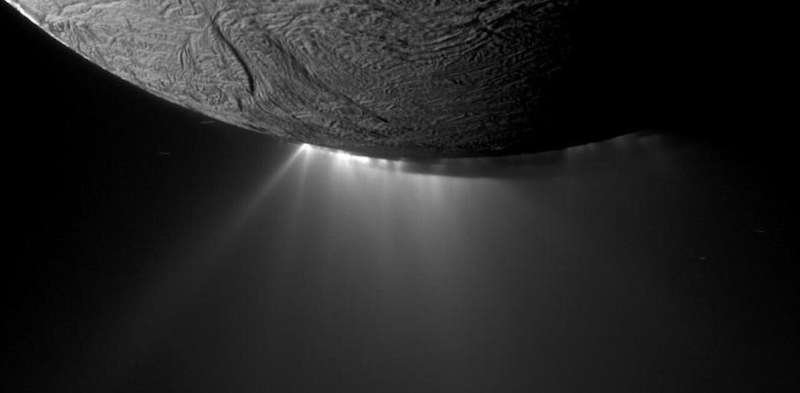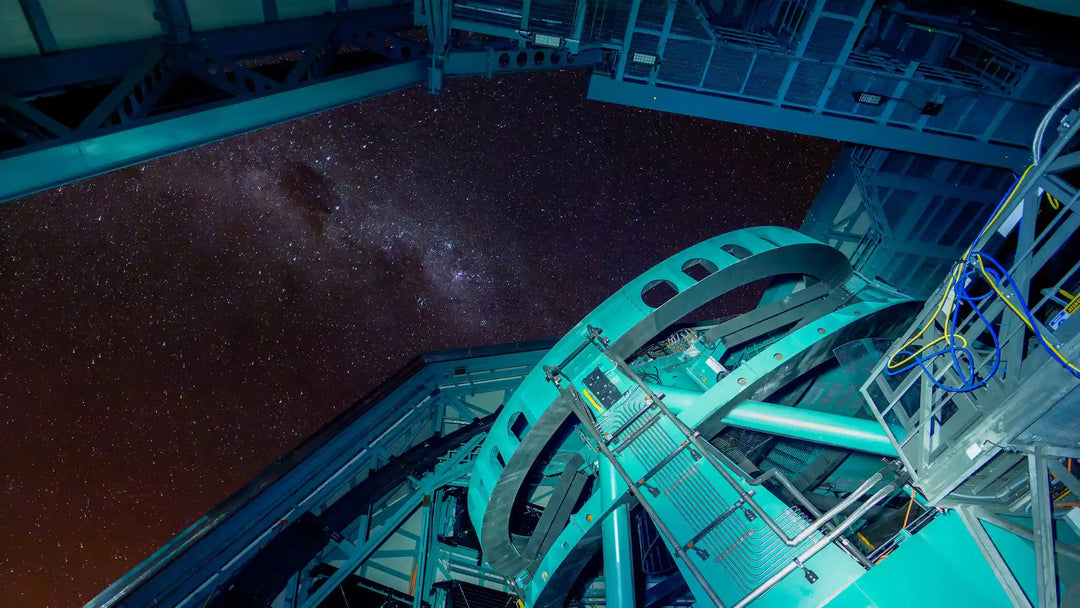Enceladus Moon holds potential for alien life with recent discovery of vital element

Enceladus, the small moon of Saturn, continues to captivate scientists with its remarkable features. From its beautifully carved icy surface to its internal liquid ocean, this celestial body offers a promising environment for microbial life. In a groundbreaking study published in Nature, researchers have now provided the first evidence that Enceladus's ocean contains phosphorus, a vital element essential to life.
Enceladus' ocean: Analyzing icy plumes
The discovery was made possible by the Cassini spacecraft, a joint mission operated by NASA and the European Space Agency (ESA) between 2004 and 2017. Cassini detected plumes of ice particles erupting from cracks on Enceladus's icy shell, exposing the ocean water beneath to the vacuum of space. During several close fly-bys, Cassini collected samples of these plumes for analysis, offering unexpected insights.
Analysis of the plume particles revealed the presence of simple organic molecules, molecular hydrogen, and tiny particles of silica. These findings indicate that chemical reactions between water and warm rock occur on the ocean floor of Enceladus, similar to hydrothermal vents found on Earth. These vents are known to support microbial life, suggesting that Enceladus may possess the necessary ingredients for life to thrive.
Read more:
- The Earthrise Photo: A Journey Through Earth’s Iconic Space Portrait
- William Bill Anders Tribute: Astronaut, Earthrise Photographer, Aviator
- Nili Fossae: Explore the Legendary Scars of Mars
Pale Blue Dot Image: What About Large Format Prints like Fine Art?
James Webb Space Telescope uncovers young stars in NGC 346’s dusty ribbons
JADES-GS-z14-0: NASA's JWST Discovering the Most Distant Galaxy
Anticipating the celestial show – Betelgeuse's potential supernova event
Hubble Telescope Captures a Stellar Trio: The Dawn of a Sun-like Star
Supernova 2020eyj: First radio signal from the massive explosion of a dying white dwarf
Enceladus moon: Ice particles with phosphates
Among the essential elements required for life on Earth are carbon, hydrogen, nitrogen, oxygen, phosphorus, and sulfur, collectively known as CHNOPS. While five of these elements were previously detected in Enceladus's plume samples, phosphorus had remained elusive. Its significance lies in its role in the formation of phosphate groups, which are crucial for nucleic acids like DNA and RNA, as well as energy-storing molecules such as adenosine triphosphate (ATP).
To identify phosphorus on Enceladus, researchers carefully analyzed data collected by Cassini's Cosmic Dust Analyzer during the spacecraft's passage through Saturn's E-ring, where particles from Enceladus's plumes accumulate.
They discovered nine ice particles containing phosphates, indicating the presence of dissolved phosphorus in Enceladus's ocean. The concentration of dissolved phosphorus in the moon's ocean is estimated to be even higher than that in Earth's oceans, as suggested by laboratory experiments.
Check also:
Icy moons not so inhabitable?
Furthermore, the researchers propose that icy moons located beyond the solar system's "carbon dioxide snowline" likely contain abundant phosphorus. This condition applies to Saturn's icy moons and beyond, but not to Jupiter's moons due to their proximity to the sun.
However, the study remains cautious about Europa, one of Jupiter's moons, which is set to be explored by future missions. Although Europa's phosphate concentration is estimated to be lower than Enceladus, scientists believe it still holds potential for habitability.
Summary
The discovery of phosphorus on Enceladus signifies a significant step forward in understanding potential alien life in our solar system. Enceladus's unique combination of geological activity, liquid water, and essential elements makes it an enticing target for further exploration.
References:
- Posteberg F., et al, Detection of phosphates originating from Enceladus’s ocean, Nature 618, 489–493 (2023), https://doi.org/10.1038/s41586-023-05987-9 [17.04.2024]
- Macromolecular organic compounds from the depths of Enceladus,
- Nature 558, pages564–568 (2018), https://doi.org/10.1038/s41586-018-0246-4, [17.04.2024]
- Villanueva, G.L., Hammel, H.B., Milam, S.N. et al., JWST molecular mapping and characterization of Enceladus’ water plume feeding its torus, Nat Astron 7, 1056–1062 (2023), https://doi.org/10.1038/s41550-023-02009-6, [17.04.2024]
- Witze A, JWST spots biggest water plume yet spewing from a moon of Saturn, Nature, https://www.nature.com/articles/d41586-023-01666-x [17.04.2024]
- Zolotov M., Phosphate discovery hints at geochemistry and origin of Enceladus, Nature, https://www.nature.com/articles/d41586-023-01886-1 [17.04.2024]


![Vera C. Rubin Observatory: Revolutionizing Astronomy Through the World's Most Advanced Telescope [All You Need To Know]](http://astrography.com/cdn/shop/articles/vera-c.-rubin-observatory_main.webp?v=1751627507&width=1080)

Leave a comment